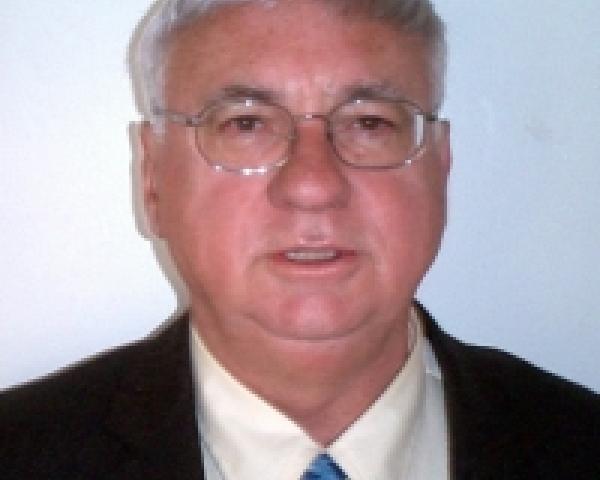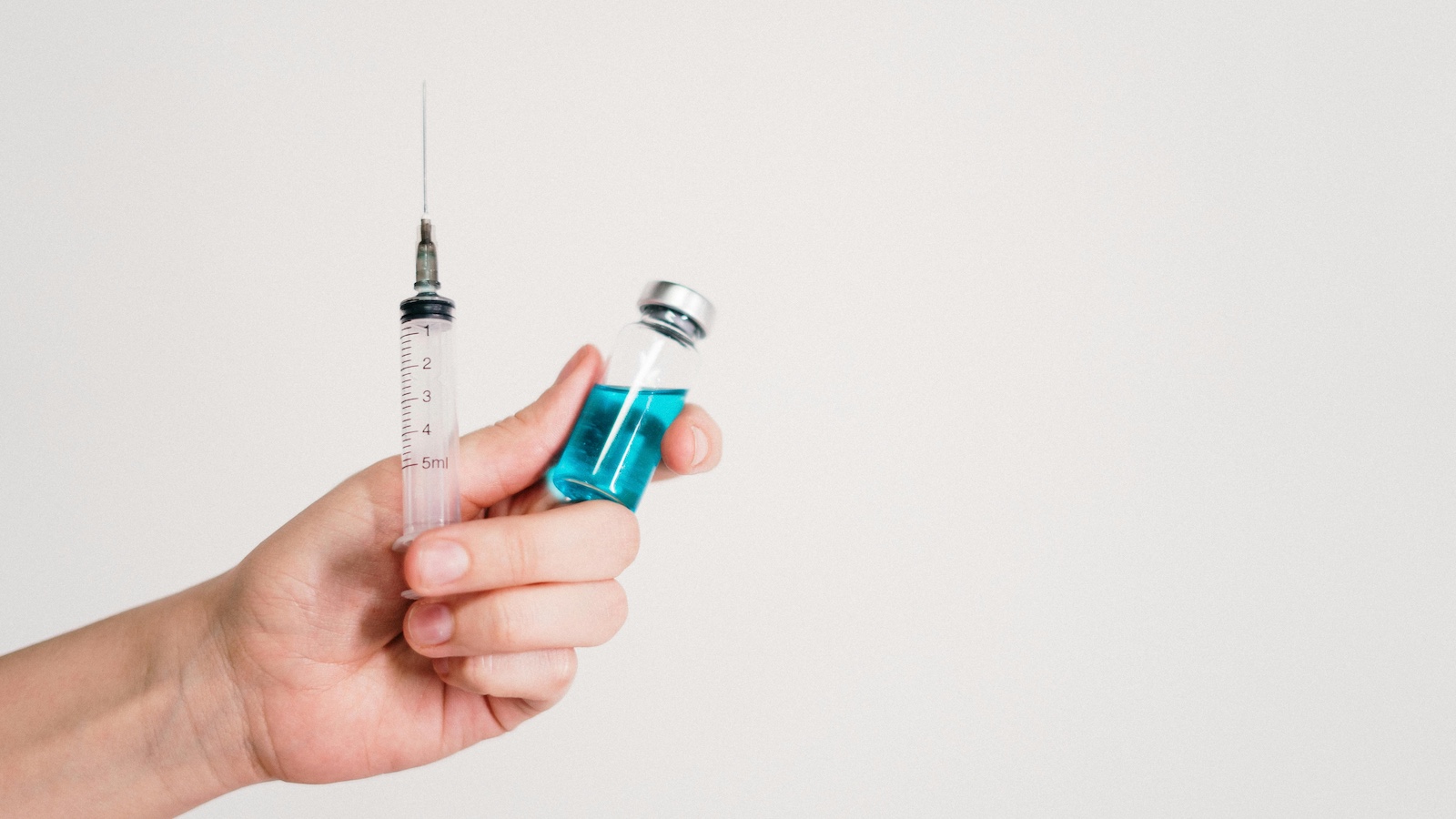AARP's Project Catalyst recently released a study in collaboration with HITLAB, the healthcare innovation and technology lab based in New York, that shows a very high family caregiver interest in using new technologies to help care for loved ones (71%), but the actual usage today of technology by caregivers is very low (7%) due to the lack of awareness of viable options and the time challenges involved.
According to Laura Pugliese, deputy director of HITLAB and member of the research team, the study is "a call to action regarding the tremendous challenges facing our society and unpaid family caregivers, who are unsung heroes. We are helping to put together a road map for innovative companies to produce technology products and services in the caregiver marketplace to address unmet needs. We want to find out what works and what doesn't."
That is the basic goal of AARP and its partners in Project Catalyst, including the medical researchers at HITLAB. The staggering statistic in this study is that by the year 2020 there will be 117 million Americans (including the aging baby boomers) who will need assistance with daily living and healthcare issues. The problem is that, although 117 million people will be in need of a wide range of assistance, it is projected that only 45 million family members will be available to help care for their loved ones. These family members are not only unpaid, but lose $522 billion in income, according to the study ("Caregivers and Technology: What They Want and Need").
As a former caregiver for both my mother and father, who served in WWII and who were part of America's greatest generation, I can't even begin to share how stressful, time-consuming and emotionally draining the process is and the profound impact it played in both my personal and professional life.
As a caregiver over the span of several years, I became involved in finances, banking, wills, estates, taxes, power of attorney, selling a home, healthcare directives, Social Security, Medicare, Medicaid, senior housing, assisted living, nursing homes, DNR orders (Do Not Resuscitate), doctor appointments, surgery, emergency room visits, hospital stays and end-of-life decisions, in addition to just being a son and a brother. I wouldn't have it any other way, of course.
The only technology available to me was my cellphone and answering machine, but AARP Project Catalyst has identified nine frontiers for innovative technology companies to address:
- Medication Management
- Vital Signs Monitoring
- Diet and Nutrition
- Aging With Vitality
- Healthcare Navigation
- Social Engagement
- Physical Fitness
- Emergency Detection and Response
- Behavioral and Emotional Health
These nine frontiers certainly identify the key areas of concern of a caregiver. However, as I thought about all the time and effort involved from my own personal experience, what is lacking is overall caregiver support. I was often asked, How is your mom? How is your dad? Nobody ever asked how I was doing.
Nothing can prepare you for this caregiver role. In the middle of intense professional obligations as a vice president with responsibilities to major clients, I had to sell a house, find good doctors, get power of attorney, prepare financial statements, pay bills and find cleaning services while seeing that my parents were getting the best healthcare available at the right time and place and taking all the right medications.
Being a caregiver is at minimum like having a part-time job, unpaid. The AARP/HITLAB study found that on average a caregiver spends 20 hours a week on a wide variety of tasks. From my experience, that is about right on a good week.
I can envision existing and future technologies having the ability to better monitor medication regiments. My father, who suffered from congestive heart failure, a blocked carotid artery, diabetes, arthritis, sleep apnea and other ailments, was given so many medications that I had to work with the hospital pharmacy department to develop a check list of what medications he should be or not be taking, what for, why and how often. I developed a handmade chart on his refrigerator door and put numbers on his prescription drug bottles. My handwritten instructions were take # 1, 2, 6, 8, 10 and 12 in the morning, another set in the afternoon and another set at night. It worked, but I had to do this myself by hand with help of a pharmacist.
Initially, the doctors wanted to amputate my father's legs due to poor circulation from congestive heart failure, but by getting a second opinion we learned that his cardiologist was prescribing the wrong medications. I got him a new cardiologist and the right medications. A dad whose sons didn't have our healthcare background and connections would have needlessly lost his legs and his quality of life.
Although there are technologies in use today, the actual usage based on this real world study is only 7%. The ability to monitor vital signs, especially for people with sleep apnea, congestive heart failure and other chronic conditions along with glucose levels for a diabetic can bring both peace of mind to a caregiver and potential lifesaving capabilities for the patient.
This study should be a call to action, and I'm sure there are many potential technologies in the pipeline or on the drawing board. I am also glad that people like AARP and HITLAB and the sponsors of Project Catalyst, including Pfizer, UnitedHealthcare, Medstar Health and the Robert Wood Johnson Foundation, are working on this road map.
Project Catalyst is actually reaching out to caregivers themselves to determine what their needs are and what works and what doesn't. HITLAB medical researchers literally went to people's homes to interview them to determine their daily needs and their use of technologies as a caregiver. I believe a very comprehensive list of potential technologies should be developed and tested. I see that healthcare technologies and apps are being developed and tested now to address health monitoring such as vital signs and glucose levels. My fear is that this potential use of technologies will be fragmented and require multiple companies, each addressing one of the nine identified frontiers, and may be cumbersome or expensive.
A major issue will also be the ability of medical providers to monitor these vital health signs and other health issues in real time. In addition, will the health insurance industry, including Medicare and Medicaid, be in position to pay primary healthcare providers for this monitoring?
I would also like to see innovative companies provide a comprehensive list of capabilities to help with all the non-direct healthcare needs of a caregiver, such as selling a home, power of attorney, healthcare directives and finding professional caregivers such as visiting nurses, assisted living and nursing homes.
Stan Kachnowski, chairman at HITLAB, stated; "Our goal is to help bring the best technologies to the caregiver marketplace in order to make a positive impact where the patient (and their caregiver) comes first and profits last."
AARP and HITLAB plan to continue their research and will conduct a series of pilot programs to test new technologies.
This is something that will eventually affect almost everyone either as a patient, caregiver or both. When doctors say there is no known cure for congestive heart failure, diabetes or Alzheimer's or other chronic conditions, they mean it.








